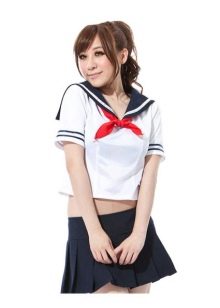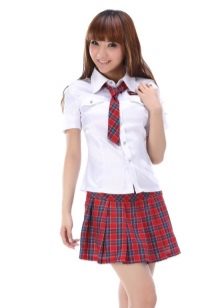Japanese costume
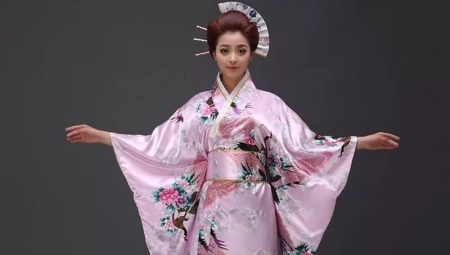
Centuries-old history
The land of the rising sun ... How much mystery and greatness is hidden in these words! The history and traditions of Japan can be admired endlessly, each time discovering more and more interesting facts. But special attention should be paid to the national Japanese costume, because this extraordinarily beautiful clothes, to this day, admire both men and women all over the world.
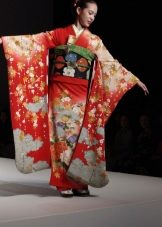
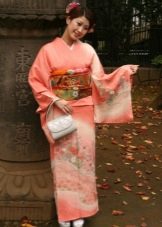
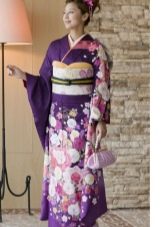
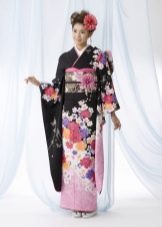
Japanese motives can be called a real wonder of the world. For the first time, the national costumes of Japan were mentioned in their imperishable manuscripts by the sages from the Middle Kingdom. It was China that influenced the formation of many Japanese traditions. This influence, inspired by the culture of Buddhism, has not been spared by the design of clothes.
The 6th century AD marked the final formation of the traditional Japanese costume, which can be observed by the people of the twenty-first century. A kind of "visiting card" of Japan was formed - the traditional kimono.

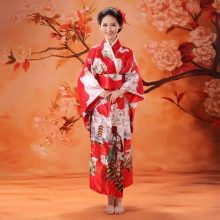
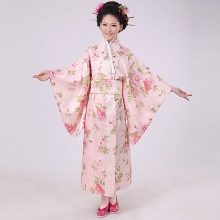
Development stages of the Japanese costume
The true trendsetters of Japanese fashion were the actors of the famous Kabuki theater. They needed to constantly improve their clothes, choosing the most suitable and beautiful options for stage images, dance and theatrical numbers. Residents of the city who came to the performances noticed new details of the traditional dress and exploited them with pleasure.

The progress in the development of national Japanese clothing initially had to be taken over by the peasants, since the noble aristocrats preferred costumes, the style of which was adopted from Korea and China. After several centuries, the Japanese of all classes could not imagine themselves without a traditional kimono, therefore, both the poor and the rich wore traditional models.
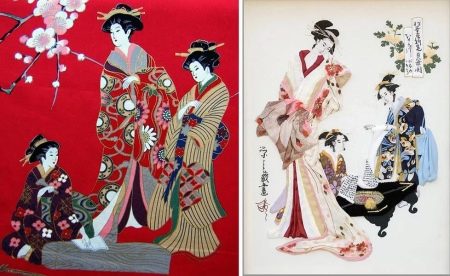
Time passed, and Japanese clothing was divided into two obvious branches - male and female, because at first all outfits were universal. Mo and hakama - skirts and pants - were invented. Japanese women and the Japanese reacted negatively to this innovation, however, the order of the emperor forced them to come to terms with changes in the field of fashion.
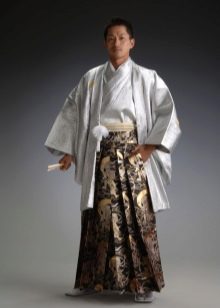
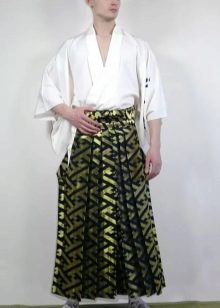
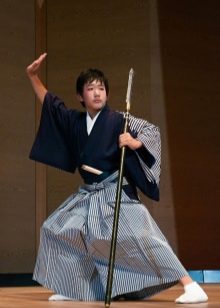
Unique features of traditional Japanese clothing
Women occupied a special place in the culture of Japan. Their main duty was to arouse boundless admiration among men, to please them in every possible way, and at the very first stage was aesthetic pleasure. Women's kimono helped geishas to demonstrate their grace and defenselessness, to emphasize the dignity of their appearance.
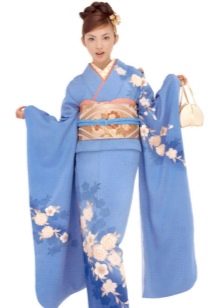
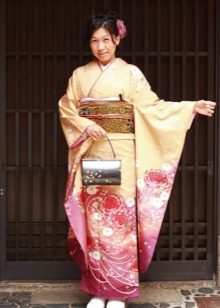
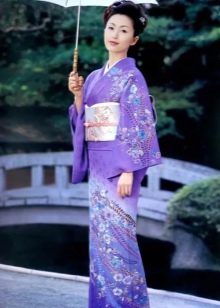
The design of the men's traditional attire had other goals. The costume should be strict, practical and non-marking, as a result of which clothing for Japanese men was designed in restrained, dark colors. The patterns in the kimono were still present - they were geometric prints. Plant ornaments and images of animals, fish and birds were less rare.
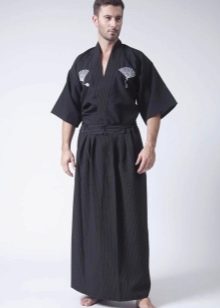
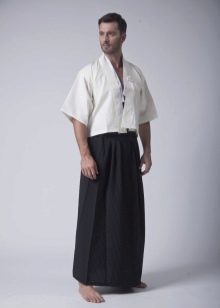
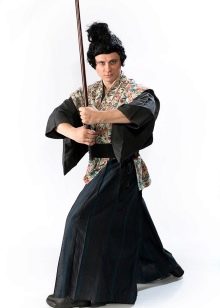
Festive women's and men's outfits looked truly gorgeous. For their design, the brightest shades were used, ideally in harmony with each other.

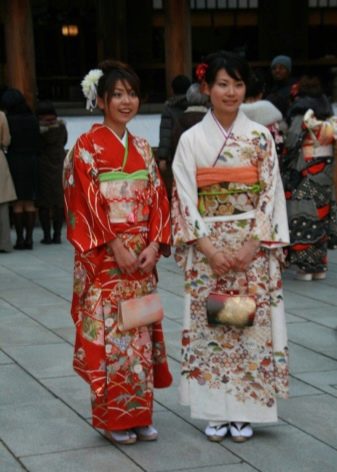
There have always been seasonal influences. In autumn, girls wore kimonos with wedge-shaped leaves, in spring pink sakura flowers bloomed on the fabric, and with the onset of winter, clothes were decorated with graceful matzo pine needles.

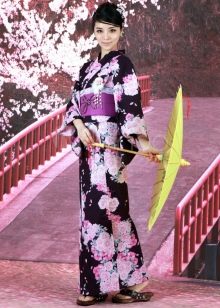
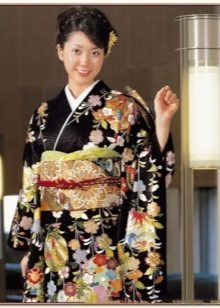
Variety and varieties
National Japanese costumes have some differences depending on the social status of a person, gender and position in society.
- Women's Japanese costume is designed very seductively and with a bit of cunning. The outfit contains several layers of clothing, which together give a structure that supposedly accidentally reveals the lower garments in some places. This is necessary for extra sexuality.
- The undergarments are futano and kosimaki skirts, as well as a body shirt called hadajuban. It is necessary that these items match the color of the kimono.
- No traditional women's outfit could do without an obi belt. Obi is remarkable for its striking length - the standard model is at least five meters. This length is needed in order to tie intricate but delightful bows. The belt could be made in different colors and decorated with numerous ornaments, which are necessary not only for beauty. Obi reported on marital status and social status.

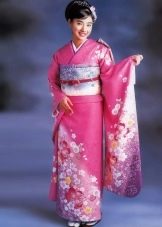

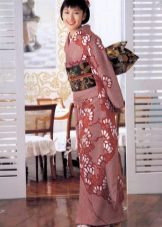
Japanese shoes
For European women, Japanese-style shoes will not seem comfortable. Products for the legs of Japanese women are really specific. The most popular models of Japanese national footwear are zori and geta.

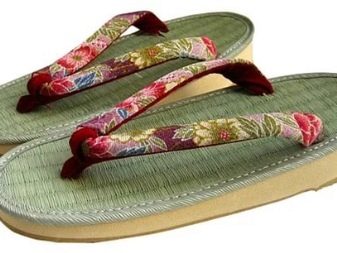
- Dzori was worn by peasant girls, because these shoes are as simple as possible and do not differ in attractiveness. These are woven flat sandals that are oversized.
- Wealthy Japanese women and professional geisha could afford geta. Geta is divided into two variations. The first model is equipped with a large wooden block with a notch at the bottom. The second is a wooden bench. The highest platform of the geta reaches as much as ten centimeters. Shoe laces are fastened between the index toe and the big toe, keeping the foot securely in place.
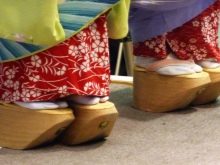
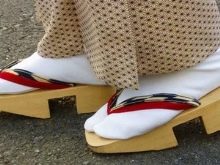
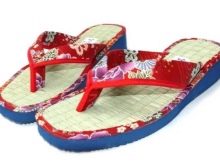
The most talented artists were involved in the creation of the geta, as it was necessary to decorate them with festive painting. Many pairs of shoes rest in museums - they look so great. People who are versed in the world of art call geta a worthy rival to famous paintings.
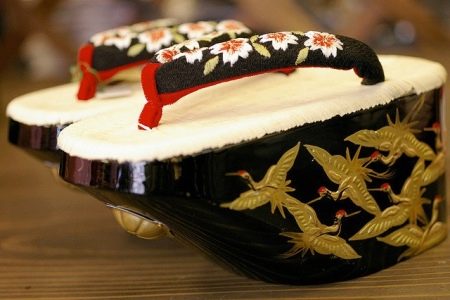
Accessories
The Japanese women did not really need jewelry due to the delightful national costumes. But some accessories were still present in the wardrobe of Japanese beauties.
- Keyrings "netsuke", fastened to the belts;
- Combs, sticks and chic hairpins;
- Fans.
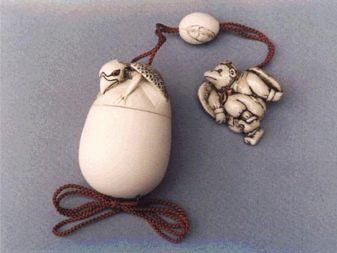

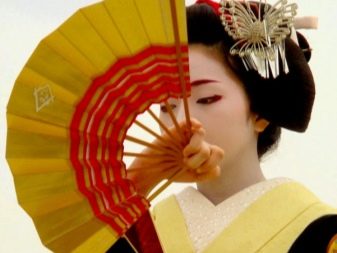
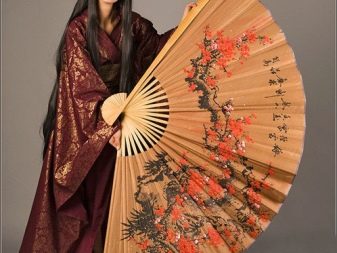
Samurai uniform
The samurai costume was the main indicator of the masculinity and courage of the Japanese warrior. The samurai wore special dresses that were available exclusively to their class. Commoners who dared to wear traditional warrior clothes were severely punished. But in cases of major holidays, the emperor could allow artisans to appear at the celebration in hakama - pleated pants that resemble a skirt.
The samurai uniform consists of two kimonos. The underside was pure white. Family coats of arms were sewn onto the upper kimono, demonstrating to others from which feudal family the samurai came.
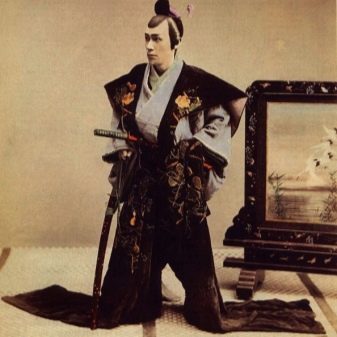
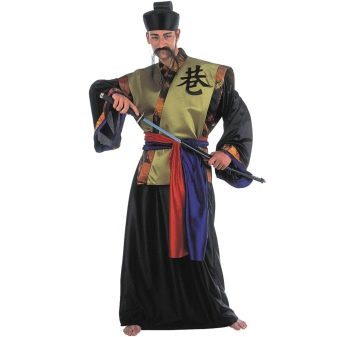
Baby kimono
The national Japanese costume for a girl differs from an adult kimono in pretentiousness and increased elegance several times. The colors of children's outfits are much more picturesque. Product prints are specific - each drawing has a special meaning. It is believed that patterns bring good luck to girls.
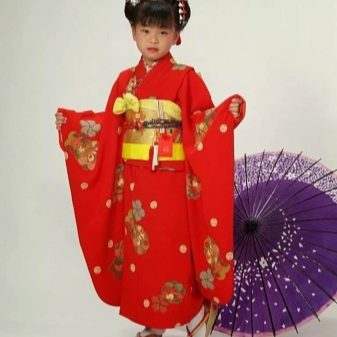
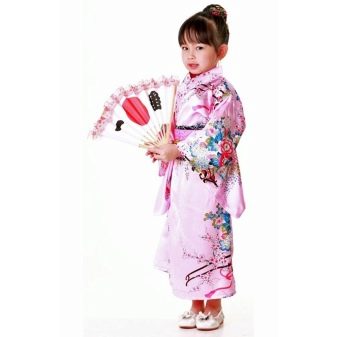

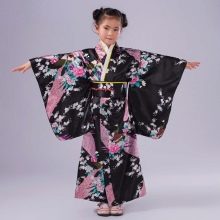
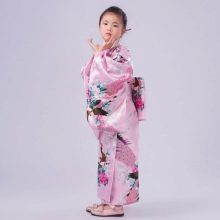
One of the most popular kimono designs for girls are koi carps. Many legends are associated with koi, so dress designers chose them as the dominant symbol.

School uniform
When they first appear on the doorstep of elementary school, Japanese first graders may have no fear of being forced to wear certain school uniforms, but the traditional touches in formal school clothes do exist.
- The uniform for girls in elementary school is a light-colored blouse and a long blouse to the knee. Boys wear black and blue shorts with white shirts.
- Senior classes involve dramatic changes in form. The guys are forced to dress in army-style clothes. Girls dress in charming sailor suits, which are worn even by European schoolgirls. This form is called gakuran. If translated literally, you get "a student from Europe."
- The sailor suit consists of a jacket and a pleated skirt. The blouse is decorated with a nautical-style collar. On the blouse there is a loop for a red ribbon, which schoolgirls, if desired, replace with ties, bow ties and bows.
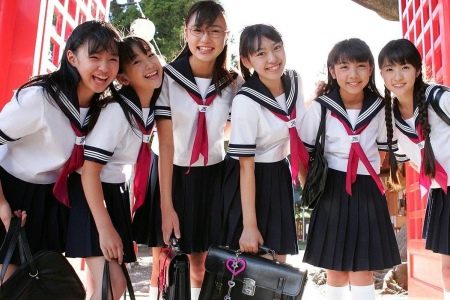
Japanese traditions in the modern world
Traditional Japanese costumes are too complicated in terms of operation, which is why modern active girls cannot afford to wear them all the time. National kimonos are heavy and some varieties cannot be donned without assistance. It is impossible to wash clothes by hand or in a typewriter, and dry cleaning services hit the wallet. The Japanese have found a way out of the situation!
The designers have managed to significantly simplify traditional clothing, while leaving intact what is most valuable to the Japanese - echoes of the past, penetrating into modernity.
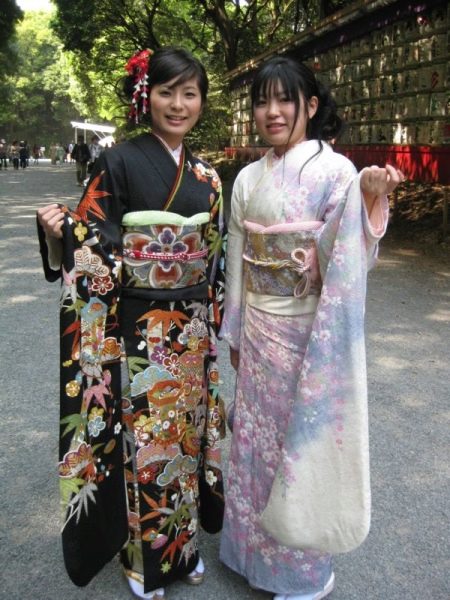
The modified kimono model was named "yukata". Previously, this product was considered something like a dressing gown, but now the yukata has become a full-fledged streetwear.
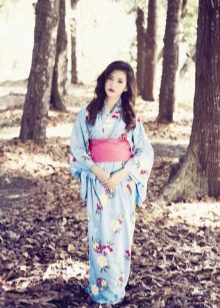
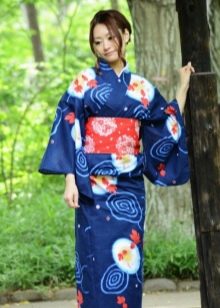
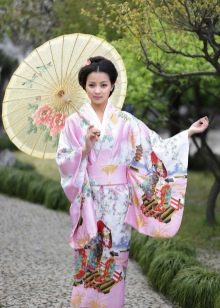
Also, the yukata has become wildly popular among anime fans. Girls who are fond of cosplay don not only in yukata, but also in those very heavy real kimonos, if they have to attend a grand festival, a themed party and a photo session.
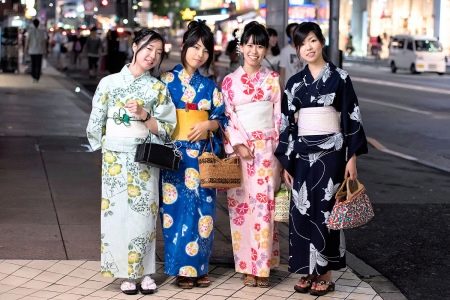
Reviews
Buyers of Japanese national costumes claim that these clothes contribute to spiritual development. Anime fans happily put on a yukata, which gives them a feeling of weightlessness, immerses them in the atmosphere of antiquity and fairy tales.
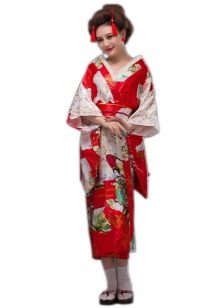
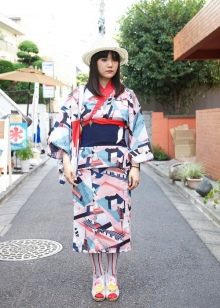

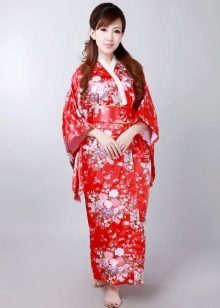
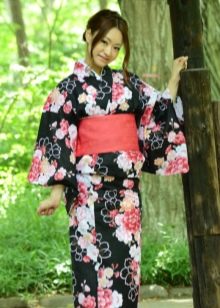

Japanese school uniforms for girls have also found a loyal following. In Russian schools, you can often see girls who stand out from the rest of the students with their sailor dress. The shape is comfortable and beautiful. What else do young women of fashion need?
